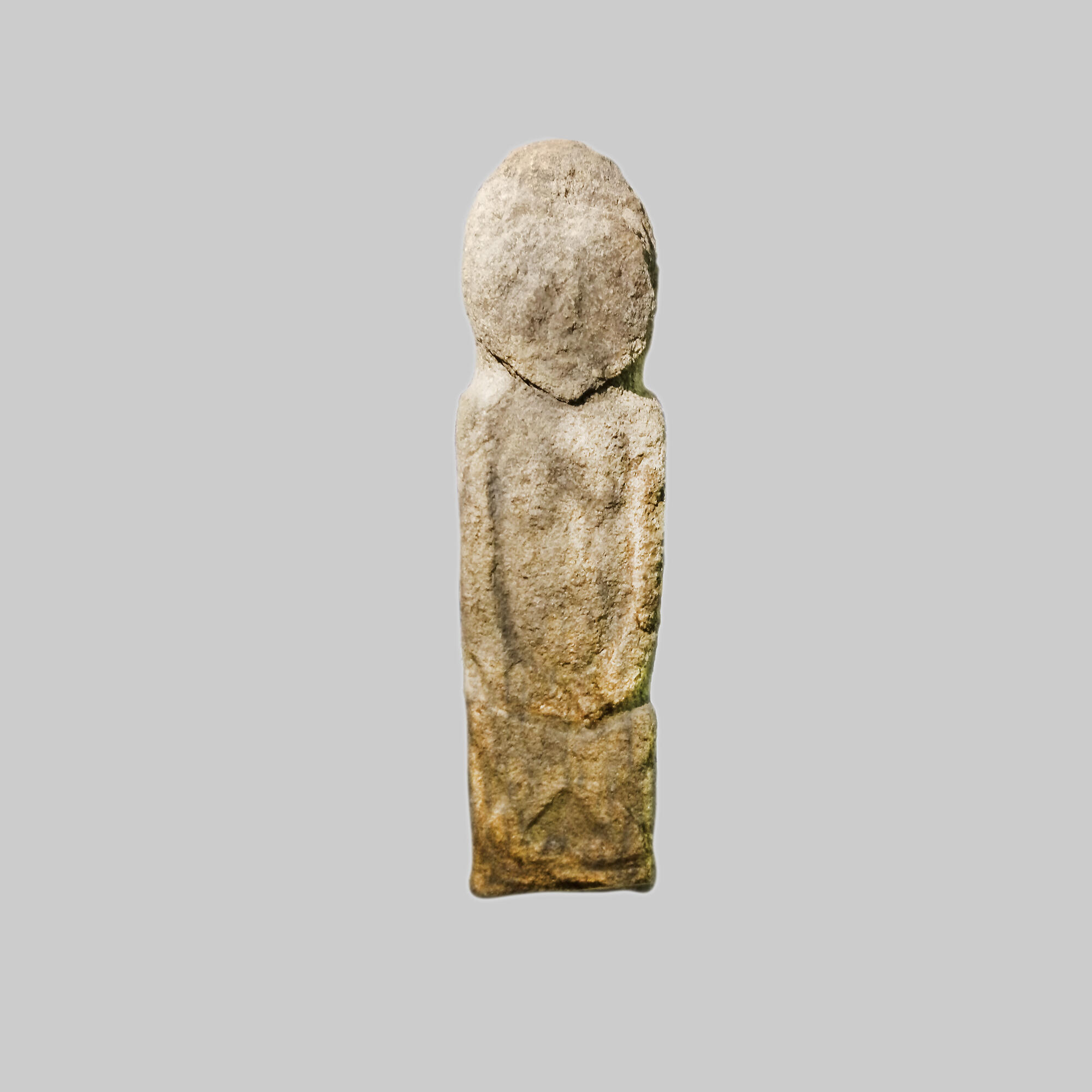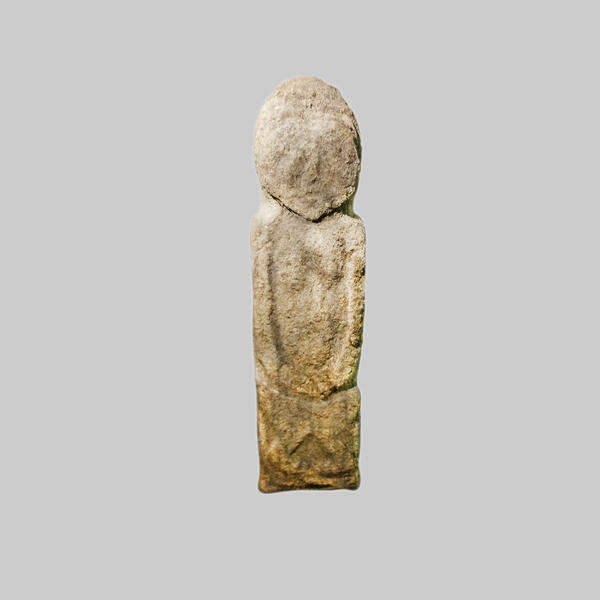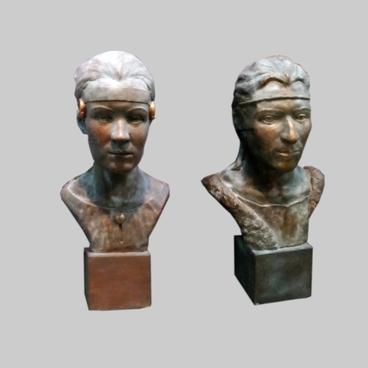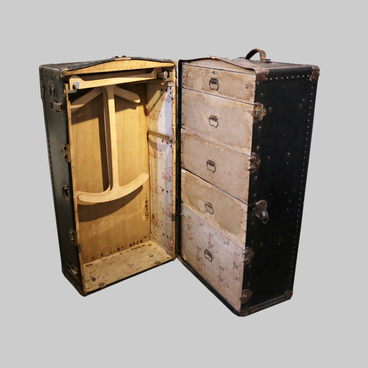The stone statues of the Kipchak and Mongolian times found on memorial fences are the most famous exhibits related to the culture of Middle-Age nomads. The tradition of making such shrines originated in Central Asia in the 5th and 6th centuries. The shrines in the Southern Trans-Ural presumably date back to the 13th century. Similar structures have been found throughout the territory occupied by the Kipchaks before the Mongol invasion: from East Kazakhstan to Right-Bank Ukraine.
The shrines erected in honor of ancestors in the 13th and 14th centuries looked like stone fences. The lower part consisted of four large stone slabs vertically dug into the ground, and at the top was a wooden model of a dwelling. Archaeologists have found the remains of vertical wooden poles around some of the fences. They were presumably used for hanging ritual stuffed horses: symbolic sacrifices to the ancestor. A stone stele was installed to the east. The ‘face’ of a mustachioed warrior ancestor was carved on the east-facing side of the stele, sometimes along with a saber with a hand on its handle. Once the rituals had been completed, the model of the dwelling was burned and the statue was ritually damaged, thereby freeing the soul of the deceased for its trip to the afterworld.
The KipchAk stone figurine on display in the State Museum of the South Ural History is also associated with the cult of ancestors. Presumably, it dates back to the 13th or 14th century. It was discovered during excavations of the SistEma-1 (lit.: System-1) burial mound in the Kartalinsky District. In the center of burial ground 2 was a shrine: a square fence with walls made of granite slabs about eight meters long. The figurine was inside the fence, in a small recession in the northeastern corner. It is a coarse granite slab depicting a seated woman. The details of her MOngoloid face with prominent cheekbones are poorly preserved. Her nose looks like a raised protrusion, her mouth like a small depression, and her eyes like circular grooves. A small conical projection at the top of the slab depicts the woman’s headgear. Her legs are disproportionately short, her knees touching each other and her feet turned unnaturally inward.
The shrines erected in honor of ancestors in the 13th and 14th centuries looked like stone fences. The lower part consisted of four large stone slabs vertically dug into the ground, and at the top was a wooden model of a dwelling. Archaeologists have found the remains of vertical wooden poles around some of the fences. They were presumably used for hanging ritual stuffed horses: symbolic sacrifices to the ancestor. A stone stele was installed to the east. The ‘face’ of a mustachioed warrior ancestor was carved on the east-facing side of the stele, sometimes along with a saber with a hand on its handle. Once the rituals had been completed, the model of the dwelling was burned and the statue was ritually damaged, thereby freeing the soul of the deceased for its trip to the afterworld.
The KipchAk stone figurine on display in the State Museum of the South Ural History is also associated with the cult of ancestors. Presumably, it dates back to the 13th or 14th century. It was discovered during excavations of the SistEma-1 (lit.: System-1) burial mound in the Kartalinsky District. In the center of burial ground 2 was a shrine: a square fence with walls made of granite slabs about eight meters long. The figurine was inside the fence, in a small recession in the northeastern corner. It is a coarse granite slab depicting a seated woman. The details of her MOngoloid face with prominent cheekbones are poorly preserved. Her nose looks like a raised protrusion, her mouth like a small depression, and her eyes like circular grooves. A small conical projection at the top of the slab depicts the woman’s headgear. Her legs are disproportionately short, her knees touching each other and her feet turned unnaturally inward.



